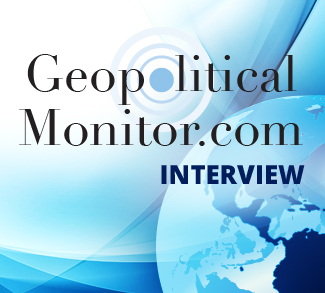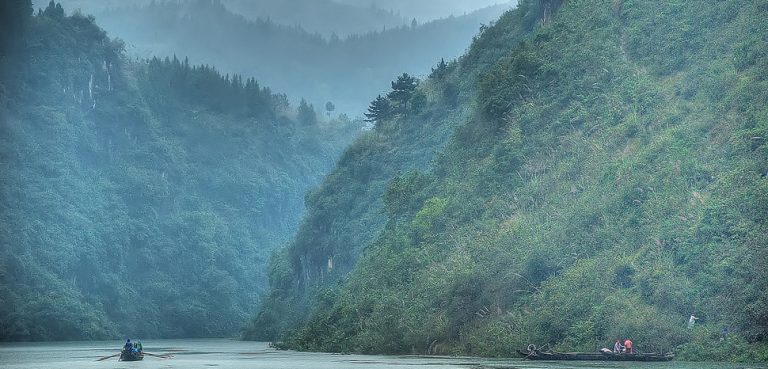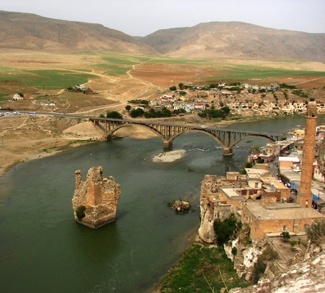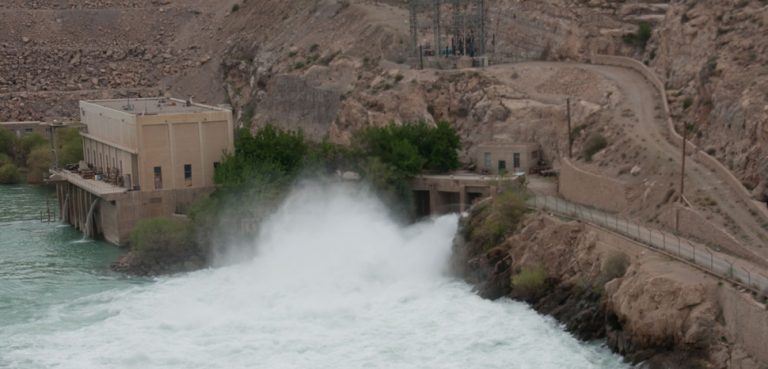Geopoliticalmonitor.com sits down with Rudo Sanyanga of the International Rivers Africa Program to discuss the geopolitical impact of Ethiopia’s Grand Renaissance Dam and other water conflicts on the continent.
What makes the Ethiopia Grand Renaissance Dam stand out in terms of dam projects around the world? Is there anything unique about its design or scale?
The Grand Renaissance hydro dam will be Africa’s largest dam when completed. It is a politically controversial project in the sense that it will block a large flow of water that goes down the Nile River to Sudan and Egypt. The dam was constructed without consultation with downstream countries. Secondly, experts say the dam is oversized and without a comprehensive social and environmental impact assessment (SEIA) study. Ethiopia claims there is an SEIA study but it has never been released to the public. This dam is the first large dam in Africa to be self-financed by its government – a risky move for a country that is relatively poor. Why? Because it risks bankrupting the country and also reducing the ability to invest in other development projects in the country.
What economic benefits can Ethiopia expect to reap from the Renaissance Dam?
Most citizens are hopeful of getting dividends from the sale of electricity as well as getting access to electricity or improving access. Unfortunately, increased access to electricity will only benefit those connected to the electricity grid. Approximately 85% of Ethiopians live in rural areas, only 2% of whom have access to electricity, while 86% of the urban dwellers are able to enjoy this privilege. Unlike urban areas where almost everyone can be easily connected to the grid – it is not likely to happen for the rural population who are the majority.
Ethiopia expects to earn foreign currency from the export of electricity to other countries. But the current poor governance (corruption index is high) in the country does not assure one that those funds will be used effectively to develop the country and benefit the citizens.
From Egypt’s point of view, what are some of the key concerns surrounding the construction of the Grand Renaissance Dam?
Egypt’s domestic, industry and agricultural sectors rely heavily for more than 97% of its water on the Nile, whose bulk flow comes from the Ethiopian highlands through the Blue Nile. Ethiopia’s decision to build the GERD threatens Egypt’s water resources by increasing the possibility of food and water shortages, as well as public health risks. Potential impacts are that downstream Sudan may experience reduced soil fertility as the dam will hold back sediments, hence affecting the agricultural potential of this Nile-dependent country (George W.L, 2013). There is also a projected reduction in reservoir capacity in Sennar Dam on the Blue Nile in Sudan. Flows to Egypt during GERD filling, projected to take 5-7 years, may reduce as well, and other upstream developments may lead to increasing salinization of farming land around the Nile Delta region Egypt.
In addition the GERD may also pose geopolitical implications. For Egypt, this dam is dubbed as one of the main challenges for Egyptian diplomacy (Ahramonline, 2015).
What are some of the unanswered technical questions surrounding the Renaissance Dam?
Without any comprehensive public impact studies available a lot of questions technical and otherwise remain unanswered. Questions surrounding the design capacity flows, impacts, sediment regimes, and response to climate are among them. There are also questions whether a lower dam wall would solve the solution.
Are there any structural adjustments that could be made to lessen the dam’s impact on downriver countries like Egypt?
Yes operational adjustments to release sufficient flows downstream can be implemented. It is difficult for such a large dam to put in structures to allow sediments to pass downstream.
… And at this point of the Dam’s construction, would it be too late to implement these adjustments?
With the dam over 70 % complete, I am not sure. This may require the architecture and engineers to respond to.
Do you believe that water conflict stemming from the Renaissance Dam could trigger military clashes between Ethiopia and Egypt?
A lot depends on how Ethiopia handles the concerns of other countries going forward. Changes of leadership in either country may change the political dimensions in unpredictable ways.
What are the chances of a diplomatic solution involving all riparian states, one that eases water conflict along the Nile River? What might this agreement look like?
We recommend that Ethiopia sit at the table with its neighbors Egypt and Sudan, and honestly broker sustainable ways of ensuring that flow releases from the GERD are large enough so as not to compromise flows downstream. An independent ESIA (better late than never) would help inform creation of a feasible transboundary river basin management plan. Discussions should also include plans to create sufficient access to information on the developments, consultation with communities, and ensuring compensation for displaced communities.
Are there any other ongoing water conflicts in Africa that merit closer international attention?
Not really but there are occasional conflicts between pastoralists and subsistence farmers on Lake Turkana and on the Komadugu/Lake Chad basin with regards to access to water.
The opinions, beliefs, and viewpoints expressed by the authors are theirs alone and don’t reflect any official position of Geopoliticalmonitor.com.




